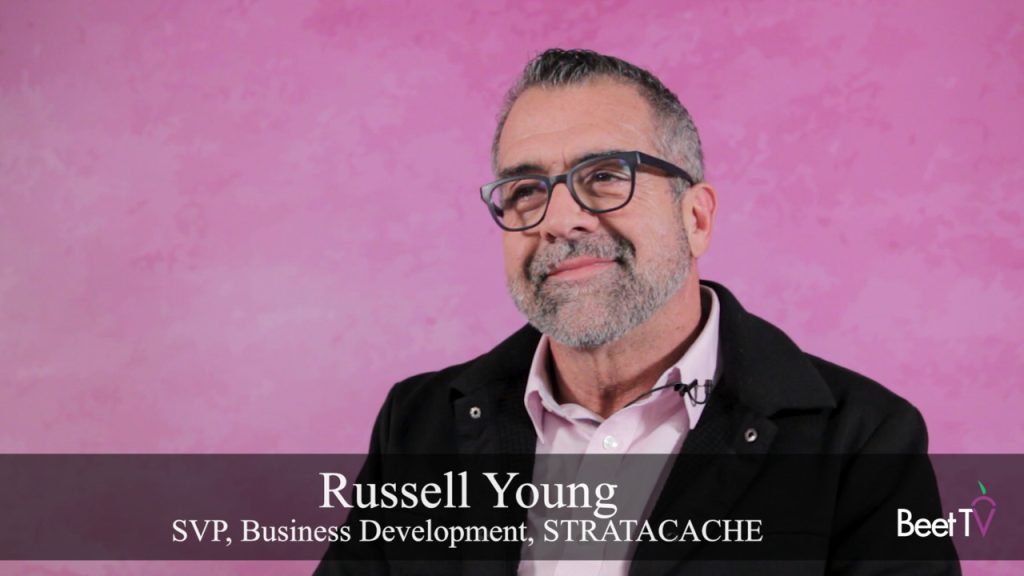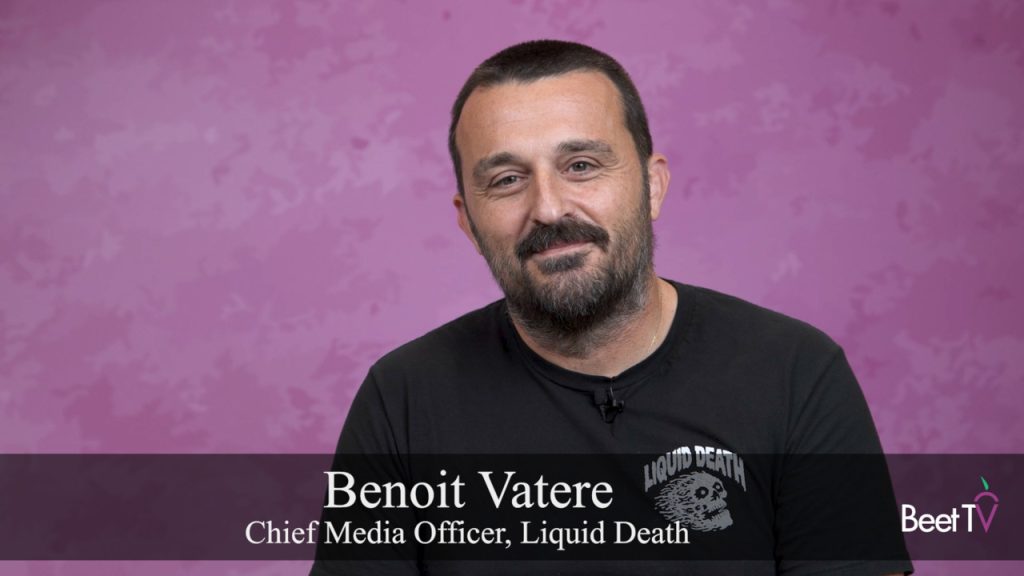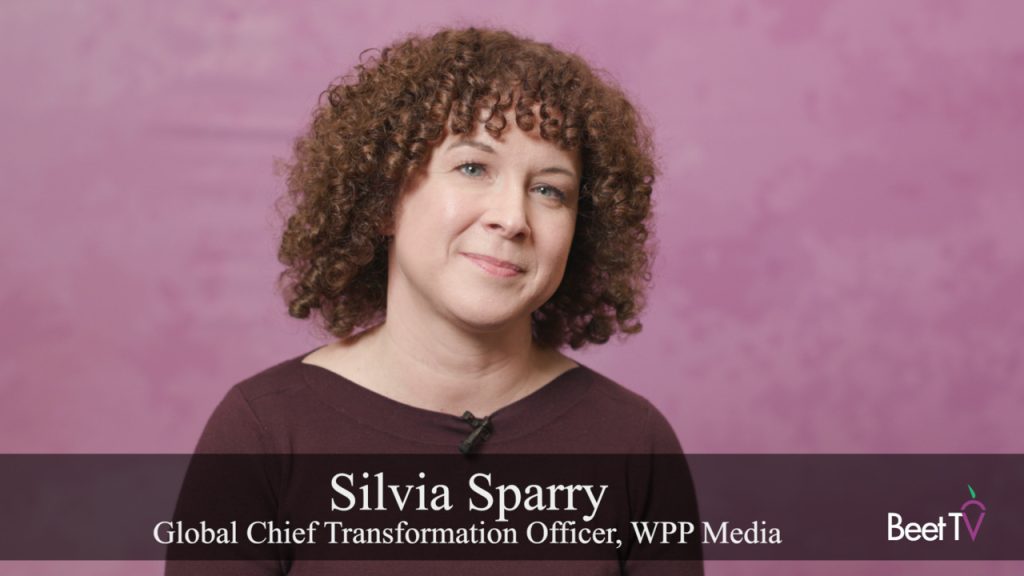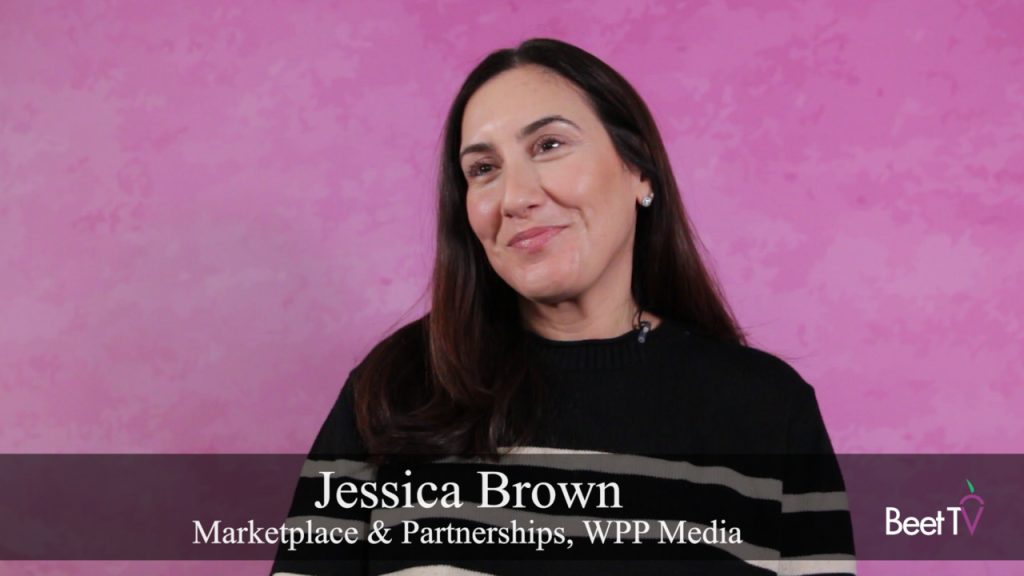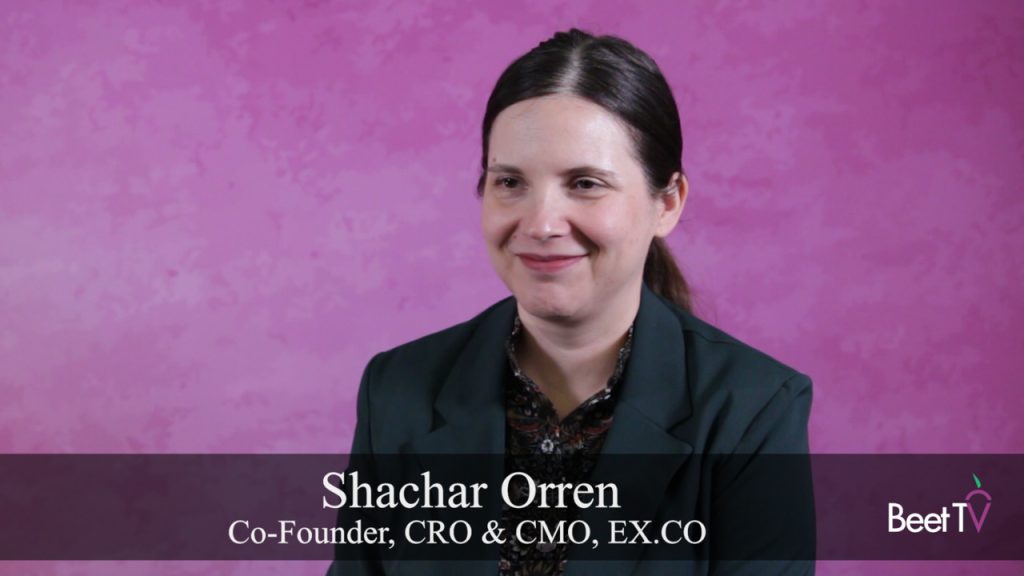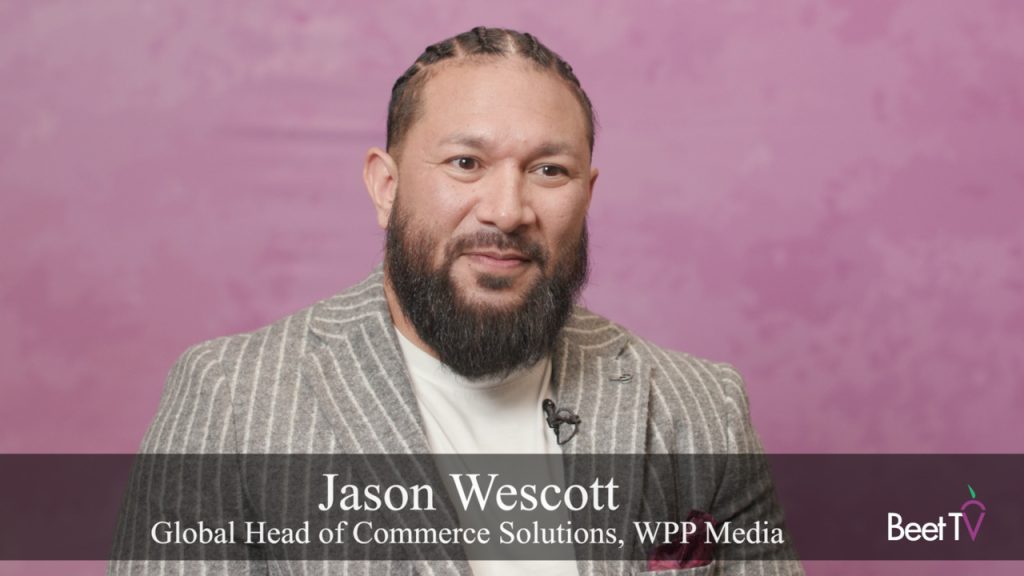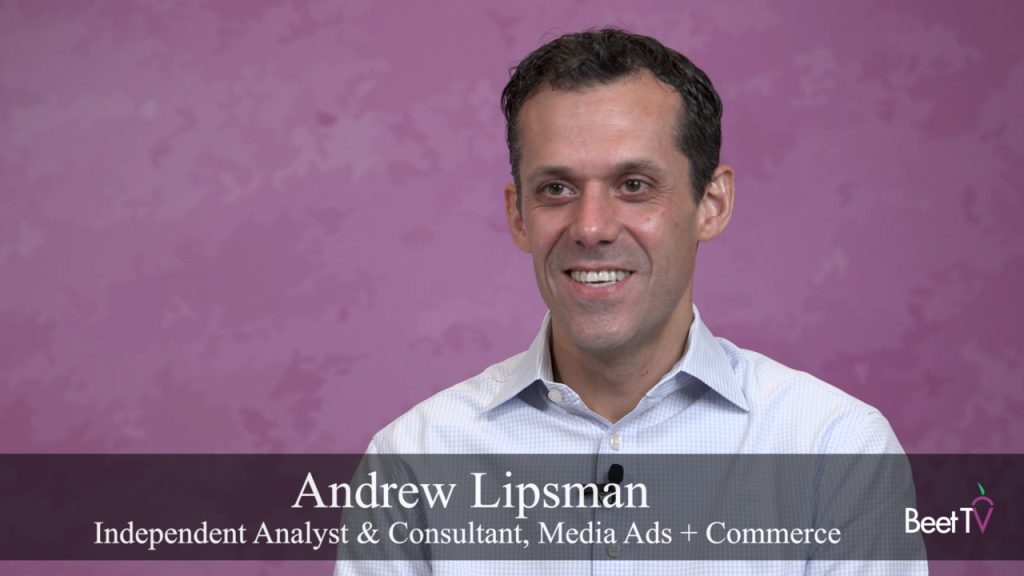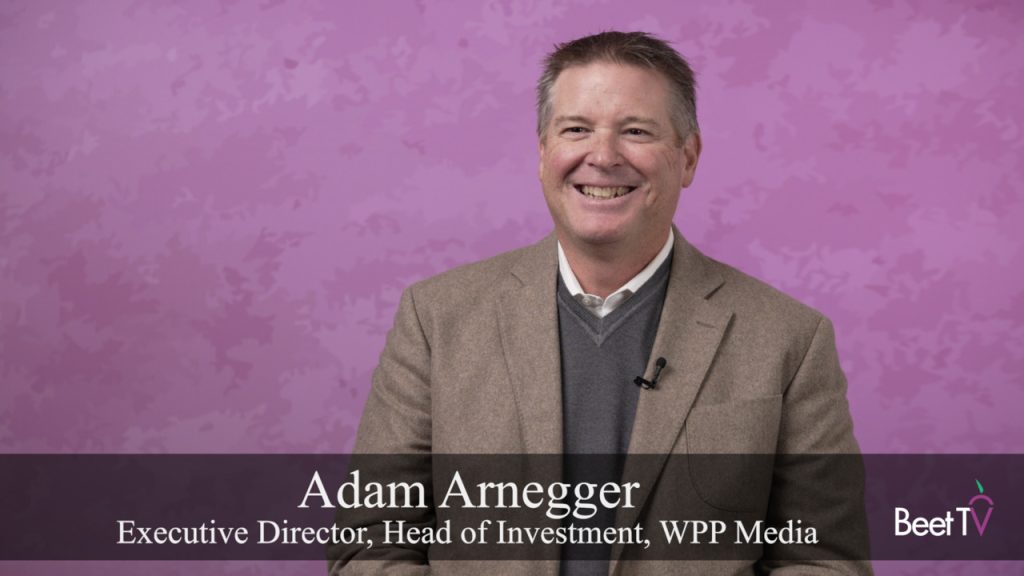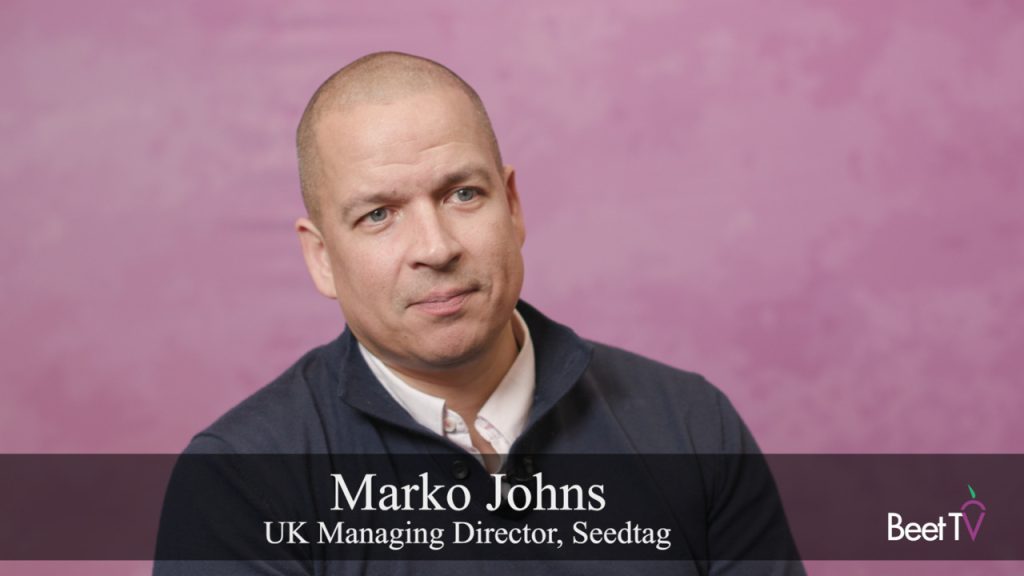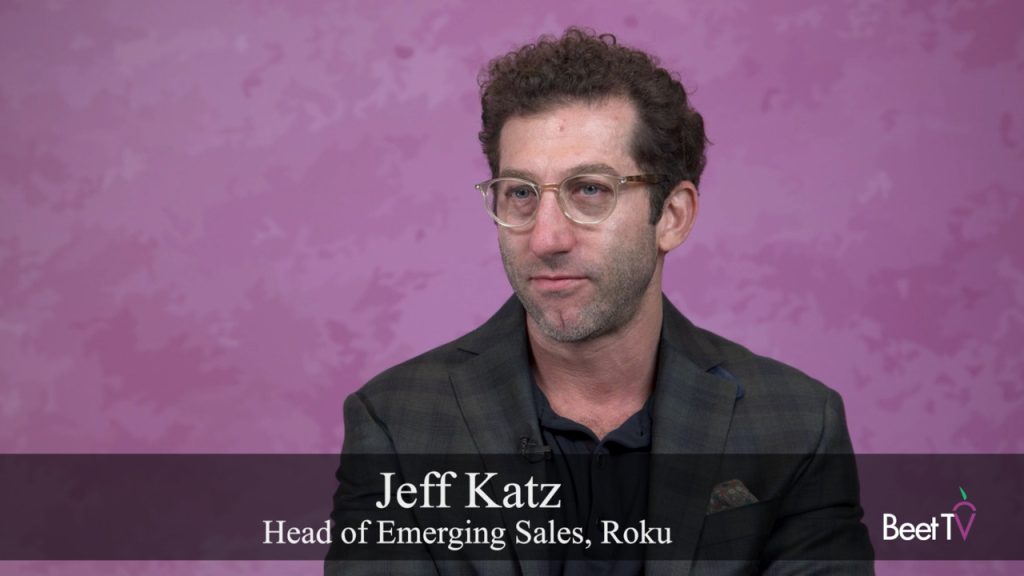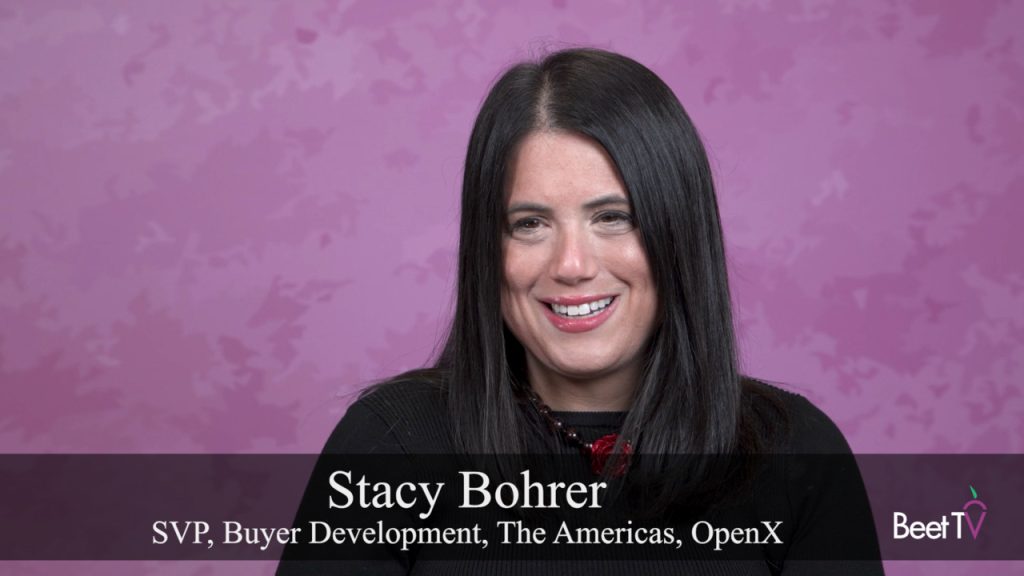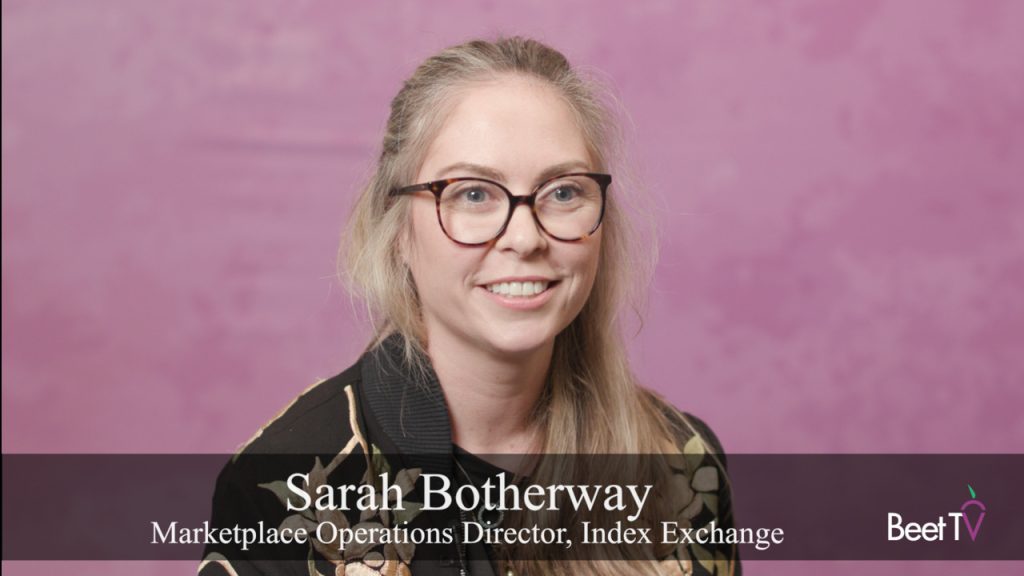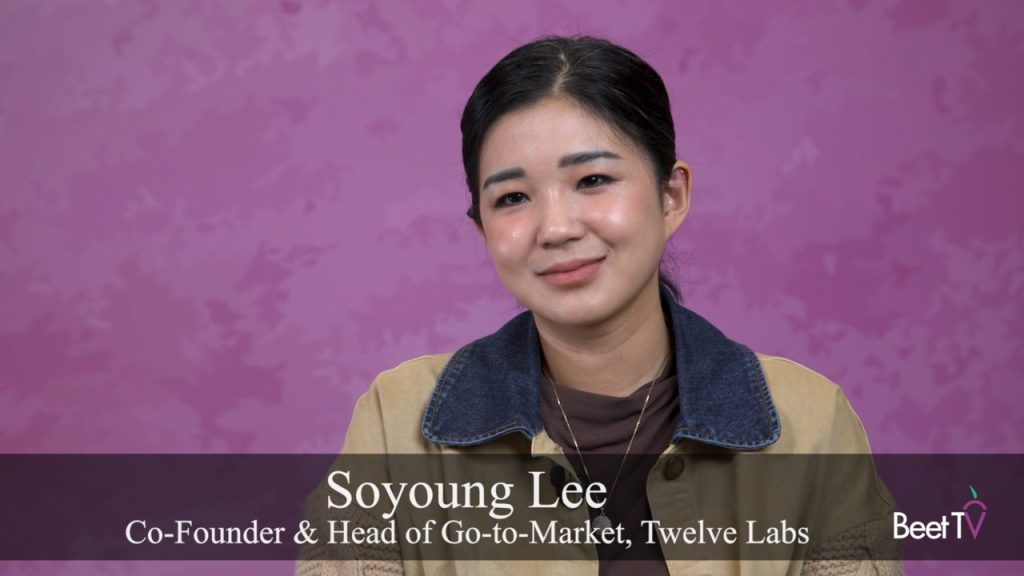CANNES — With some industry counts topping 250 distinct media networks, brands and their agencies face a significant challenge in managing and optimizing campaigns across the latest fragmented ecosystem.
This is the view of Tim Castelli, VP, global advertising sales, Instacart, who believes the industry is entering a necessary phase of consolidation. In this video interview with Beet.TV, Castelli argued that his firm is not a retailer, but a “grocery technology company” built to help its partners navigate this next chapter.
He said escalating consumer demands for on-demand convenience means value shifts toward platforms that can aggregate audiences, simplify execution, and offer a holistic view of the shopper journey, from online inspiration to the physical shopping cart.
Building an ecosystem to simplify complexity
Instacart’s strategy is to act as a retail enablement platform, providing the technology and services for retailers of all sizes to compete in e-commerce, according to Castelli. This approach has built a marketplace spanning over 100,000 storefronts.
To connect these dots, the company has pushed its technology beyond its own marketplace to power ads on more than 220 e-commerce sites and into the physical store. This includes its acquisition of Caper, an AI-powered smart shopping cart. Instacart has since expanded its in-store advertising by making Caper Carts available to all its brand partners, allowing for unified digital and in-store campaigns.
Castelli also pointed to data partnerships with platforms like The Trade Desk, Meta, Roku, and NBCUniversal as key to simplifying media buying and making brands’ full-funnel marketing work harder.
Beyond the basket: a full-funnel approach
While retail media’s foundations are in lower-funnel performance marketing, Castelli believes that advertisers who limit their focus to the point of purchase are missing a bigger opportunity.
“If that’s all you’re doing with us, you’re probably not taking full advantage of what we can do for you,” Castelli said. “Over the last 18 months, two years, we’ve developed super sticky, super strong mid and full-funnel ads on the platform. Things like shoppable display, shoppable video, recipes, inspiration ads where we can now do cross-aisle merchandising on a digital store, something we can’t do in a physical store.”
To prove the value of this expanded approach, Castelli said the company has invested heavily in its measurement capabilities, including achieving Media Rating Council (MRC) accreditation.
The coming consolidation of retail media
The U.S. retail media market is substantial, with projections from eMarketer suggesting ad spending will approach $63 billion in 2025.
Castelli predicts the retail media sector is moving out of its chaotic growth stage and into a period of market rationalization. This consolidation, he argued, is being driven by brands seeking to forge deeper partnerships with fewer, more capable platforms.
“We’re entering this consolidation phase,” Castelli said. “People are going to consolidate around verticals… there’s going to be a smaller number. I think brands want that, they want to go deeper with less partners.”
You’re watching The Beet.TV Leadership Sessions at Cannes Lions 2025, presented by Instacart. For more videos from this series, please visit this page. You can find all of our coverage from Cannes Lions 2025 here.



























